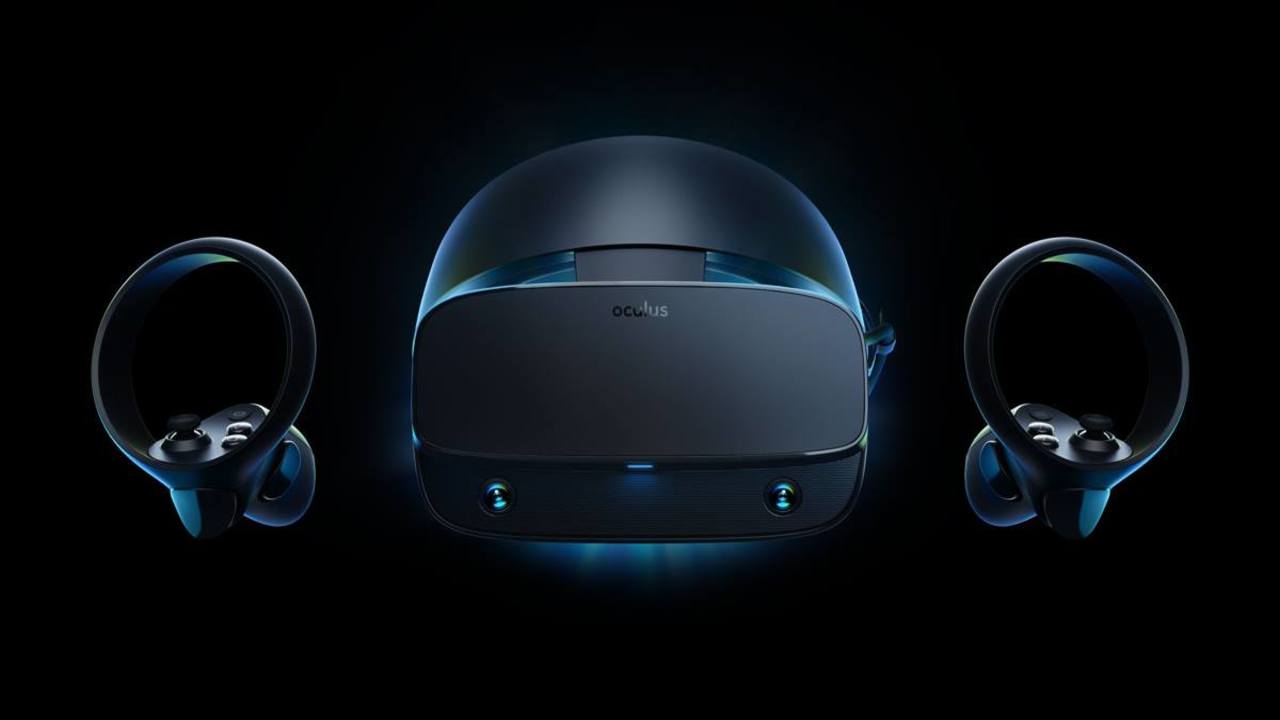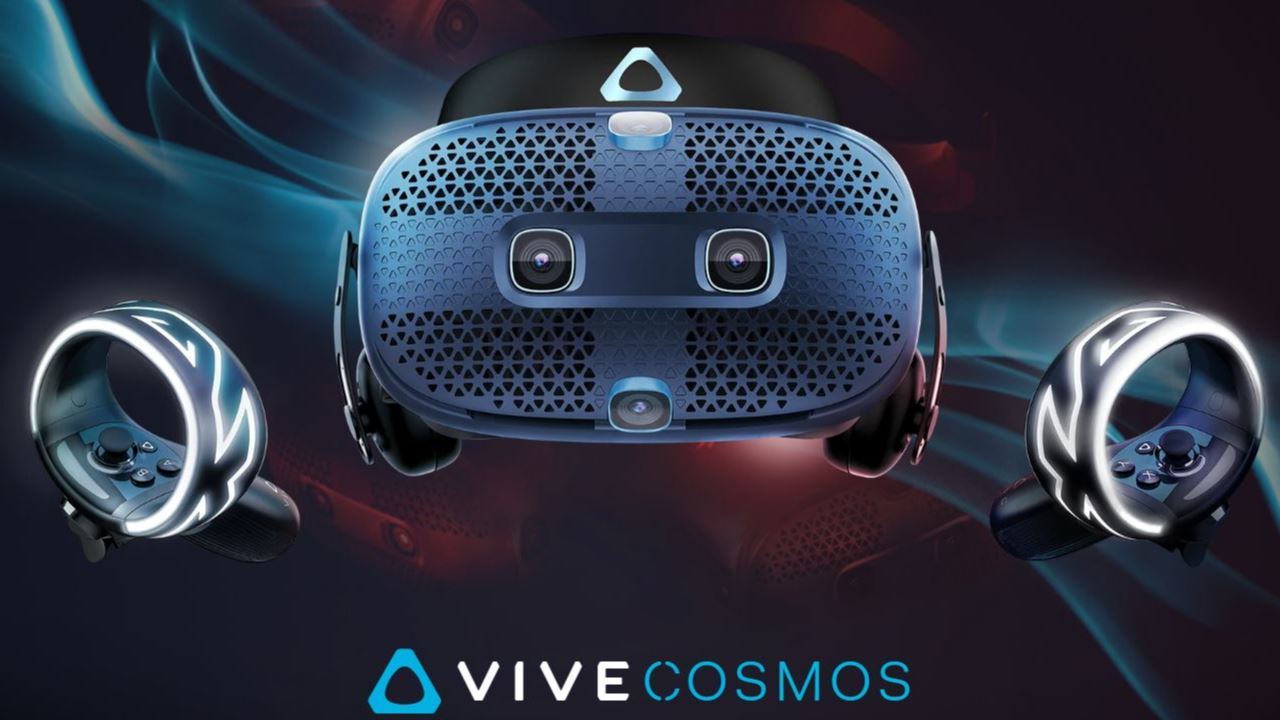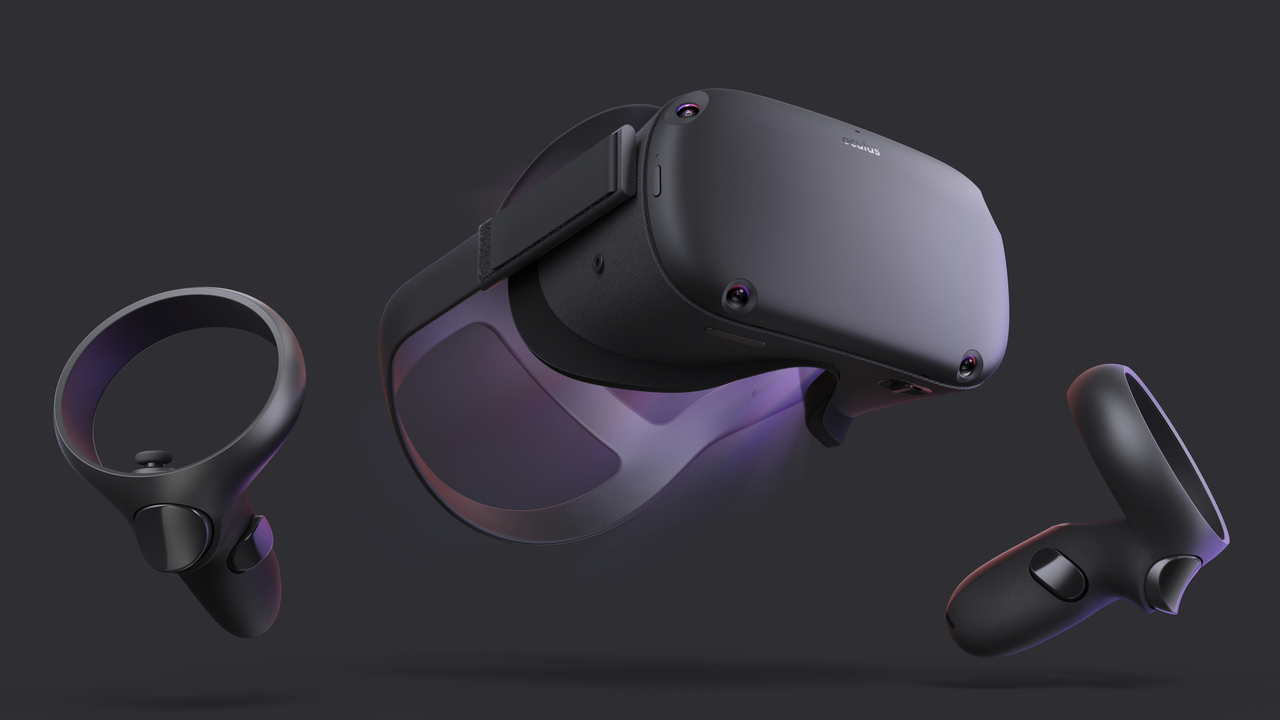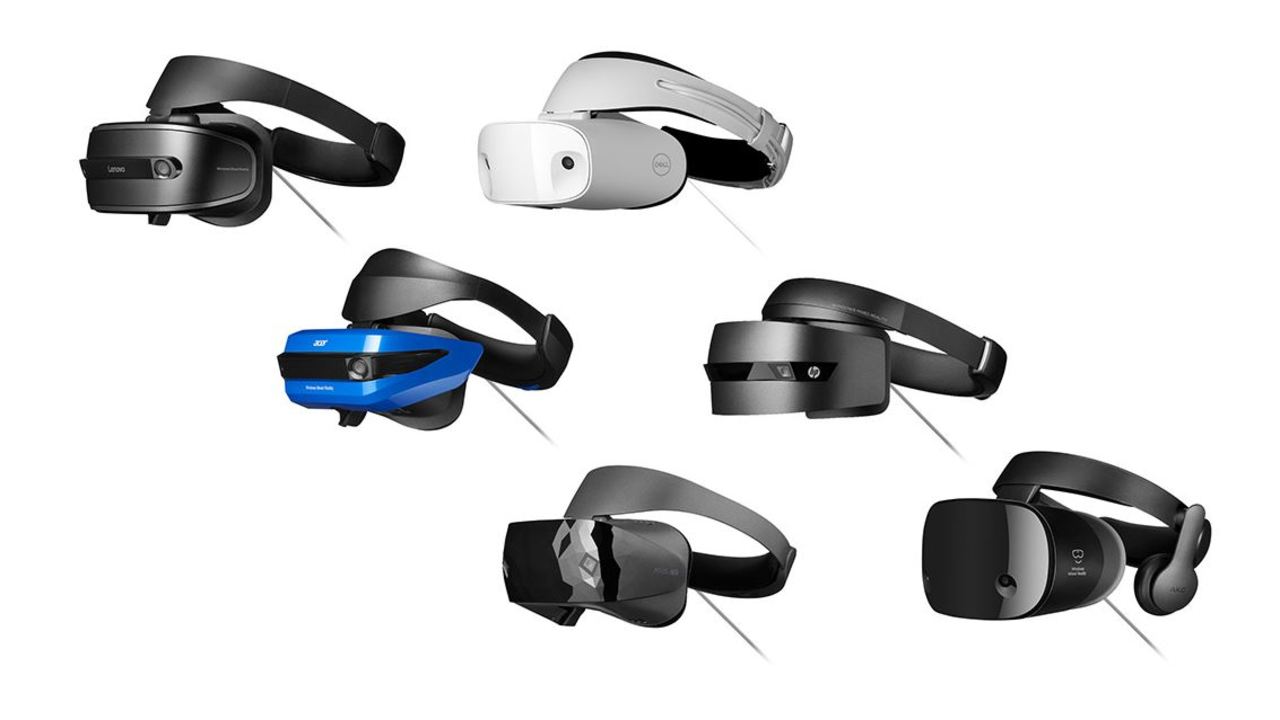With so many great games coming out that require a VR headset, it’s high time you started looking into getting one, especially if you want to play upcoming VR exclusives like Half-Life: Alyx. Getting into VR will still cost you a pretty penny, but it isn’t as expensive as it used to be. From the beginner to the enthusiast, there’s a VR headset for everyone. Let’s take a look at the six most popular options on the market right now and examine the important things like price, functionality, and comfort.
PlayStation VR

This headset is arguably the most straightforward of the bunch. It’s VR but for your PlayStation. It might not have the most accurate tracking, the highest resolution, or the most ergonomic controllers, but it definitely beats the other headsets in price. You can snag a PlayStation VR with all the necessary equipment plus a game or two for a little over $300. If you’re content with just using the DualShock 4 controller instead of Move controllers, you can save yourself enough money to pick up another game. The PlayStation VR is easily the most comfortable headset out there, too. It sits on your head like a baseball cap instead of putting pressure directly on your face, making long play sessions a breeze.
And you’ll want to play for hours on end because the PlayStation VR’s lineup of games is incredible. Sure, some games like Skyrim VR and Moss have made their way to PC, but a good number of the best PSVR games are exclusives. You can’t play Firewall Zero Hour or Blood and Truth anywhere else, and those are some must-play VR games. If you buy a PSVR, you buy it for the same reasons you buy any console: for the games and the convenience factor.
Oculus Rift S

If you’re more interested in the PCVR side of things, this is going to be your go-to headset. The Oculus Rift S is an improved version of the original Oculus Rift, featuring a higher resolution display and a greatly reduced screen door effect. The most significant improvement, however, is the addition of inside-out tracking, which completely eliminates the need for external cameras. That’s right, you don’t need any sensors or base stations. The headset is able to track itself and the controllers using built-in cameras. There’s just one cable that goes from the headset to your PC. The headset’s design is similar to that of the PlayStation VR, so it won’t put too much pressure on your face. A comfortable headset with minimal wires and a high-resolution screen makes this the best bang for your buck on PC.
For $400, you’re getting the headset and two Touch controllers, which are heralded by many as the best VR controllers out there (aside from the fancy Knuckles controllers on the Index). You will need relatively high-end PC hardware to power it though, but if you can run the latest PC games on medium to high settings, you should be fine. Buying an Oculus Rift S also gets you access to several excellent Oculus exclusive games like Asgard’s Wrath, an epic action RPG, and Stormland, an open-world co-op shooter developed by Insomniac Games. Other headsets can play these exclusives with the aid of a program called Revive, but the Rift can play them natively and launch them directly from the Oculus app with little hassle. It’s also worth noting that the Oculus Rift S can in fact play SteamVR games as well.
Vive Cosmos

The Vive Cosmos offers a nice middle-ground between the Oculus Rift S and the more expensive Valve Index. It has a higher resolution than the Rift S as well as a higher refresh rate, but it’s hard to justify those slight improvements when the Cosmos costs $700. Yes, it’s an improvement, but not a $300 improvement. It features the same inside-out tracking combined with redesigned controllers that are more in line with the Oculus Touch controllers, essentially making this a somewhat improved Rift S. One thing Cosmos has that other headsets don’t, though, is the ability to flip the screen upward to take a quick break or grab something in the real world, which is a nice touch. That, paired with the same halo headband design, makes the Cosmos a pretty comfortable headset to use.
To help justify the price tag, you get a one-year subscription to Viveport Infinity. Infinity gives you access to an extensive library of VR games and experiences, and considering the service normally costs $13/month, it’s nice to get that packed in with the headset. If you’re willing to shell out $300 extra, you can nab a Vive Wireless Adapter, which will remove the need for wires entirely. The Cosmos is built with mods in mind, although there aren’t many available right now. Other than the wireless adapter, there’s also an external tracking mod that will allow the headset to utilize SteamVR Base Stations for more accurate tracking, although this isn’t slated for release until 2020.
Valve Index

The Valve Index is the pinnacle of VR at the moment. If you have the money, this is hands down the headset to get. For $1000, you get practically the highest resolution, FOV, and refresh rate available, not counting crazy enthusiast headsets like the Pimax. Still, the Index is leading the industry on so many levels, especially with its controllers. The Knuckles controllers offer individual finger tracking, allowing for more precise control and a greater sense of presence within games. Not only that, but the controllers attach to your hands with straps, so you can completely loosen your grip and let go without dropping them. The Index uses a traditional strap rather than the halo design of the Rift S and Vive Cosmos, but it’s still pretty comfortable to wear.
As for games, the Index can play any SteamVR game but with added functionality thanks to the Knuckles controllers. Most SteamVR games support the Index’s individual finger tracking, and it’s fun to show off intricate hand motions to other VR players in multiplayer games like Pavlov. Buying an Index will also get you the upcoming Half-Life: Alyx for free, too. The Index is the best way to play VR games on PC, and the $1000 price tag is more than worth it if you’ve got the money. It has everything the Cosmos offers, even the capacity for mods, and more.
Oculus Quest

The Oculus Quest is a completely standalone wireless VR solution. It’s essentially the first-ever VR console. The problem with that is that you don’t get the flexibility and added functionality of PC headsets. The Quest is a walled garden, and you can only access what’s officially available on the Oculus Quest store. Or at least that’s how it was at launch. A new update called Oculus Link now allows you to plug your Oculus Quest into a PC using a USB-C cable and do everything an Oculus Rift can. Those graphically-intensive exclusives like Stormland? Playable on Quest. SteamVR games and Half-Life: Alyx? Playable on Quest. There is very little reason to not get an Oculus Quest at this point unless you’re looking for the best quality experience, which in that case a Rift S or Index would better suit your needs.
The Quest uses a traditional strap design, but the foam face padding is very soft, and the freedom of wireless VR is well-worth not having a halo. The controllers are the exact same as the Rift S and the headset uses the same inside-out tracking. The only drawback is that it’s not as powerful because it’s self-contained, but Oculus Link almost entirely eliminates that drawback. The Quest does have a lower refresh rate than the other headsets listed here, and that’s definitely noticeable to the trained eye, but playing Beat Saber without any wires makes you forget about it quickly. In terms of resolution, the Quest actually beats the Rift S and has better contrast thanks to its OLED display, but the Quest won’t be able to render beautiful graphics to take advantage of the hardware like a Rift S can. The Quest is like a console and the Rift S is like a PC. And the Index is like a really expensive PC.
Windows Mixed Reality

Windows Mixed Reality is the hardest of the group to describe, and that’s because it’s actually a whole bunch of headsets. The term “Windows Mixed Reality” is a blanket term for a number of third-party virtual reality headsets at various price points from various manufacturers. They each have similar functionality, but each device has its own quirks. Some come with headphones and some don’t for example. Others opt for higher-resolution displays or different fields of view. These are essentially third-party VR headsets, and if you can’t afford a Rift or Vive and still want a PCVR experience, then this is your best bet.
These range from $200 to $400 and come with motion controllers that function similarly to other VR controllers. The design and button layout of each controller may be different, but they ultimately serve the same purpose. Windows Mixed Reality devices are compatible with SteamVR, so you’ll be able to play a ton of games, including Half-Life: Alyx, after downloading the setup software on Steam. Just like with any other VR headset, you can also play Oculus exclusive games with Revive, too. Windows Mixed Reality headsets won’t get you the exact same experience you’d get on a premium PCVR headset or even an Oculus Quest, but getting to play VR games for $200 is 100% worth it.












Published: Nov 23, 2019 12:14 am